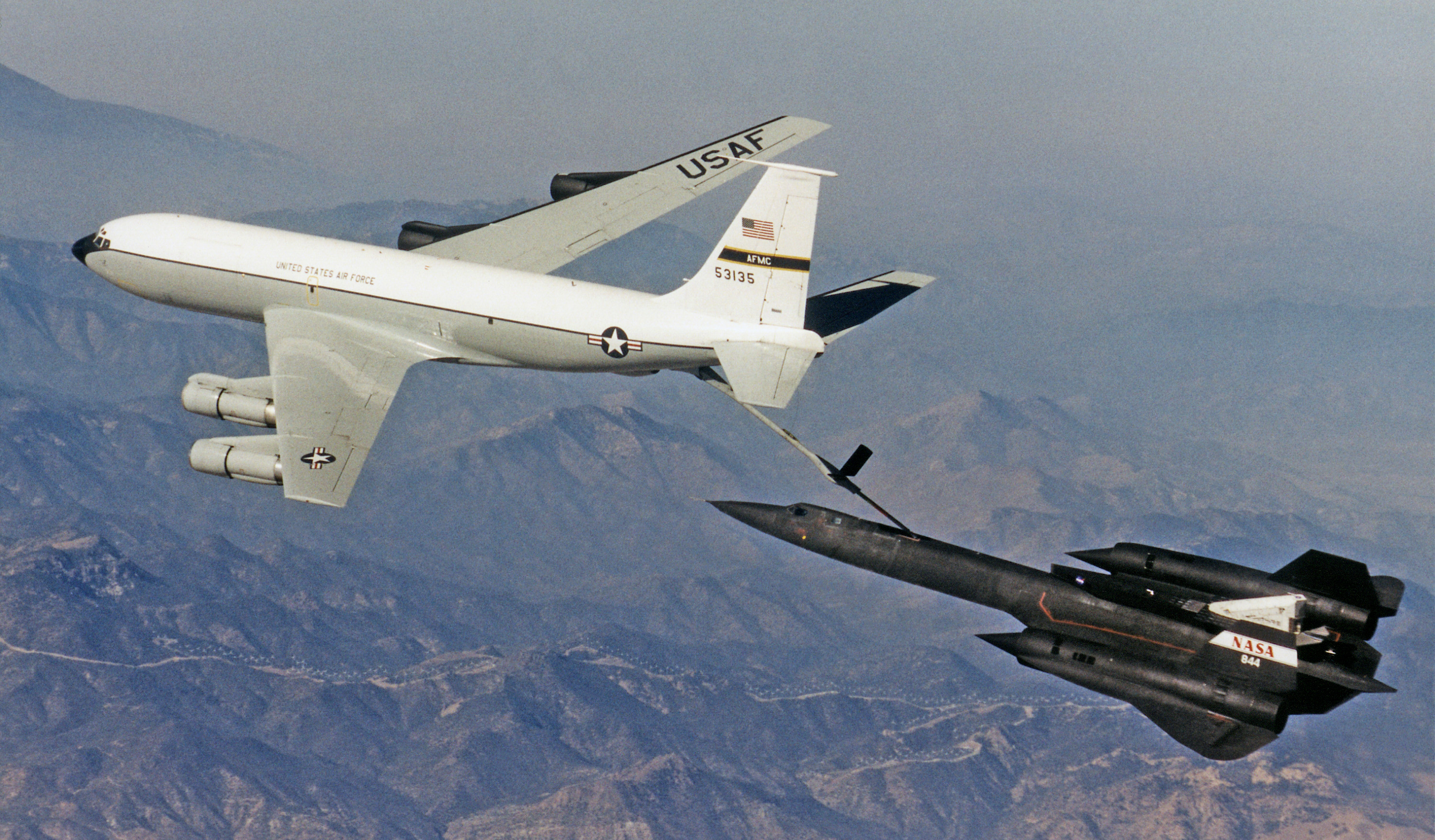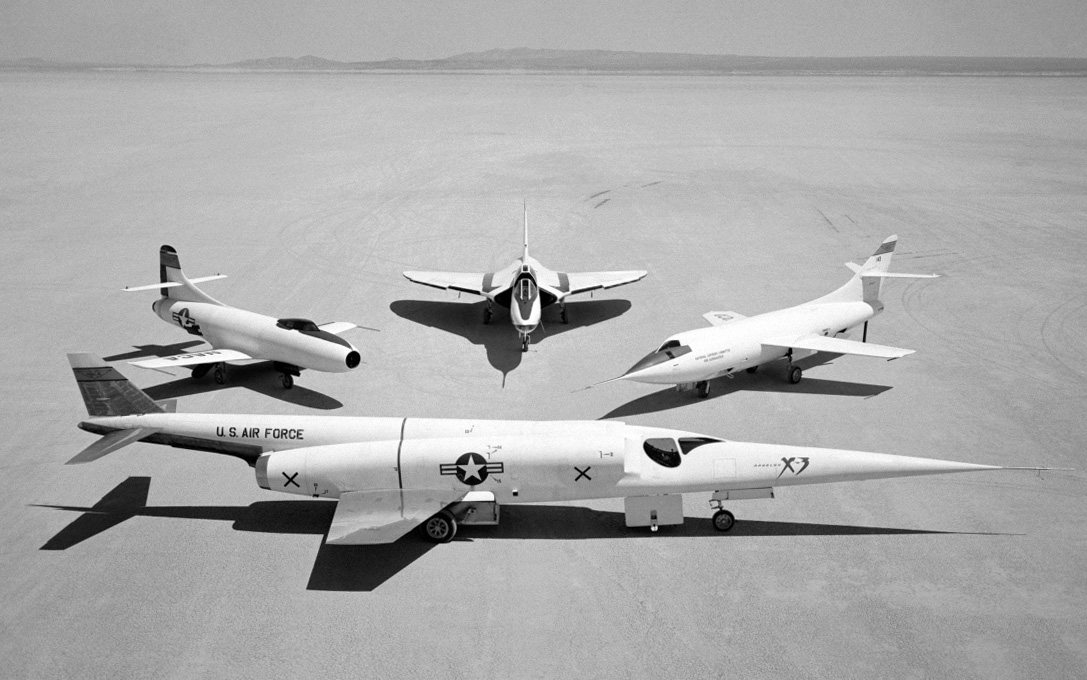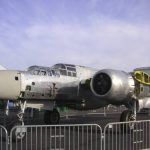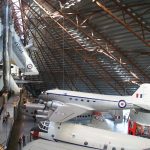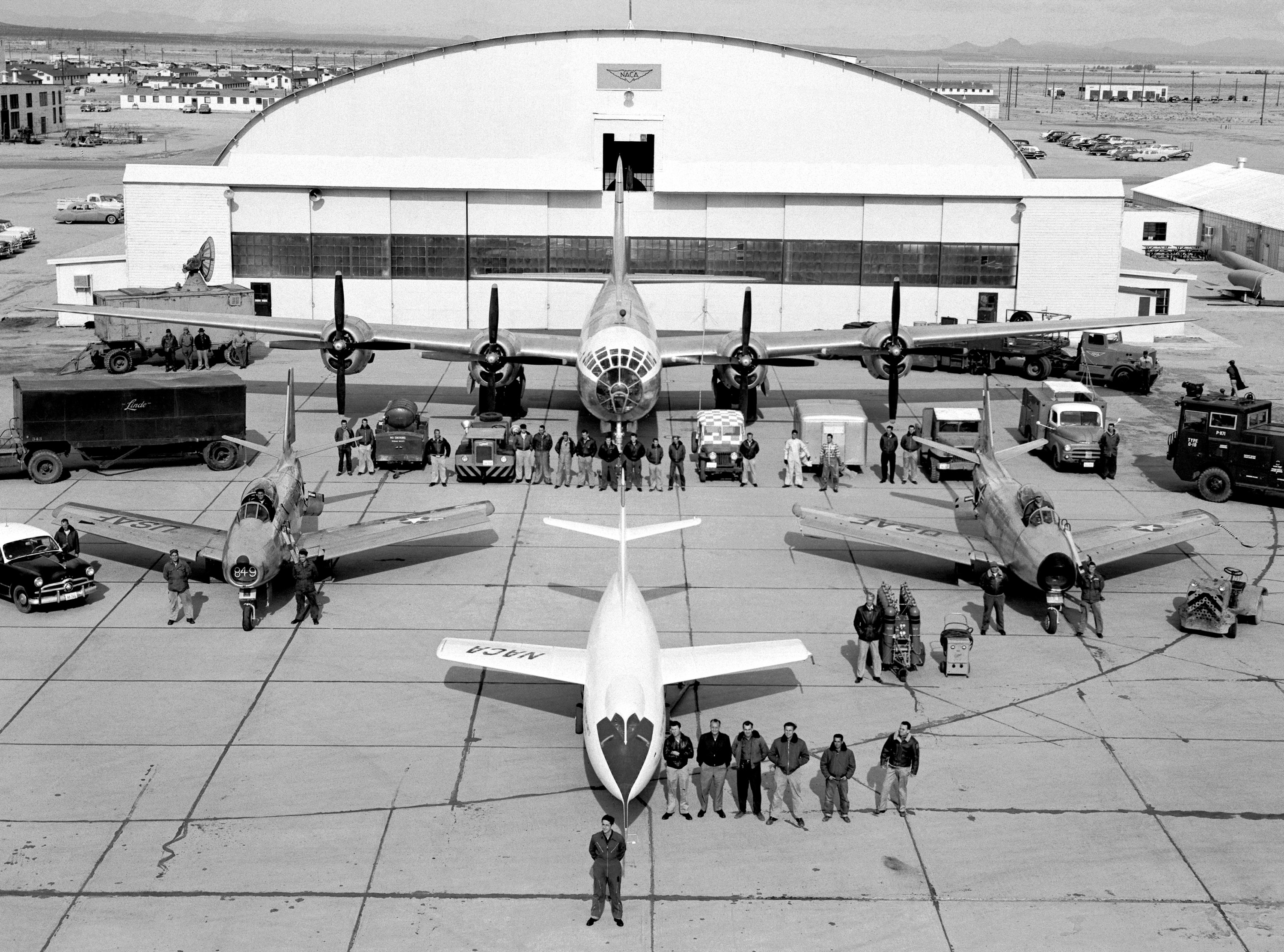
Press Release:
Before there was NASA, there was the NACA. On March 3, 1915, Congress established the National Advisory Committee for Aeronautics, or N-A-C-A, “to separate the real from the imagined and make known the overlooked and unexpected” in the quest for flight. In 1958, the NACA’s staff, research facilities, and know-how were transitioned to the new NASA.
Over Tuesday, March 3rd and Wednesday March 4th, 2015, the National Air and Space Museum and the NASA History Program Office will host a special symposium open to the public that commemorates a century of aerospace research and development. Entitled NACA Centenary: A Symposium on 100 Years of Aerospace Research and Development, the sessions will feature experts from the National Air and Space Museum as well as other aerospace experts.
To register for the event, please contact Nadine Andreassen at [email protected]
Please provide your name, email address, and affiliation.
Note: three symposium sessions will be webcast on the National Air and Space Museum website as part of the What’s New in Aerospace? program series. See the What’s New in Aerospace? website for details.
Organizers:
Dr. William P. Barry, NASA Chief Historian
Dr. Roger D. Launius, National Air and Space Museum
Dr. Richard Hallion, Florida Polytechnic University
Location:
Moving Beyond Earth Gallery
National Air and Space Museum, Independence Avenue, Washington DC
The Schedule will be as follows:
Tuesday – March 3rd, 2015
8:45 – 9:15 Registration
9:15 Welcoming Remarks
9:30 Keynote Address:
What is the NACA Model of Research and Development? Reflections on a Century of Flight –
Roger D. Launius, NASM
10:15 – 11:45 Setting the Stage
Moderator: William P. Barry, NASA Headquarters
Flight Not Improbable: Octave Chanute tackles aeronautics as a civil engineer — Simine Short, National Soaring Museum
False Start: The Langley Aerodynamical Laboratory, 1911-1915 — Tom D. Crouch, National Air and Space Museum
The US Military and the Creation of the NACA — Laurence Burke, Carnegie Mellon University
11:45 – 1:00 Lunch Break
1:00 – 2:30 Early History of NACA
Moderator: Stephen Garber, NASA Headquarters
Bringing aerodynamics – and aeronautical engineering – to the American University — Deborah G. Douglas, MIT Museum
NACA, Naval Aviation and MIT: Establishing the Practice of Aeronautical Engineering — John Tylko, MIT
Transplanting Göttingen to the Tidewater: The NACA and German Aerodynamics, 1919-1926 — Richard P. Hallion, Florida Polytechnic University
The War, the NACA and the Convention: Laying the Ideological Foundation for Federal Regulation during the Wilson Administration — Sean Seyer, University of Kansas
2:30 – 3:00 Break
3:00 – 4:30 Flight Test and Research
Moderator: Richard P. Hallion, Florida Polytechnic University
Conducting Research in Flight: A Unique NACA Contribution to Aerospace — Robert E. Curry, NASA Armstrong Flight Research Center, Retired
The NACA, the Airplane Propeller, and World War II — Jeremy R. Kinney, National Air and Space Museum
“The Real Right Stuff”: An Historical Examination of the Culture and Accomplishments of the NACA Research Pilot, 1917-1958 — James R. Hansen, Auburn University
Flight Test to Moon Shot: The NACA, the Astronauts, and the Culture of Experiment, 1959–1969 — Matthew H. Hersch, University of Pennsylvania
Wednesday – March 4, 2015
9:10 Houskeeping/Keynote Introduction
9:15 – 10:00 Keynote Address:
The NACA in the 1930’s – Trailblazing the Technical World of Aerodynamics — John D. Anderson, National Air and Space Museum
10:00 – 11:45 Key Aspects of NACA Research
Moderator: Michael J. Neufeld, National Air and Space Museum
The NACA and Research Policy at the Hands of History — Robert Ferguson, Independent Researcher
Epochs of Space Technology at NASA: NACA to OART and Beyond — John C. Mankins, Artemis Innovation Management Solutions, LLC
Women of NACA: STEM Stories to Inspire Future Generations — Adrienne Provenzano, STEAM Educator
The NACA at Lewis Laboratory, a Legacy of Ohioans Solving the Problem of Flight — Shannon Bohle, Archivopedia, LLC
11:45 – 1:00 Lunch Break
1:00 – 3:00 Transformations
Moderator: F. Robert van der Linden, National Air and Space Museum
The NACA Transition to Space: Validating the Blunt Body — Glenn Bugos, NASA Ames Research Center
Reaction Control Systems and the NACA — Christian Gelzer, NASA Armstrong Research Center
Tin Soldiers and Glass Slippers: How Postwar Competition Sailplane Development Shifted from America to Europe — Russell Lee, National Air and Space Museum
Towards Victory: NACA Public Relations on the Coattails of the Cold War, 1946-1958 — Kristen Starr, Auburn University
3:00 – 3:30 Break
3:30 – 5:00 The Next Assignment: A Panel Discussion
Chair: Peter Jakab, National Air and Space Museum
Mark Lewis, IDA Science and Technology Policy Institute
Michael Gorn, Research Associate, National Air and Space Museum
Janet Bednarek, University of Dayton
Peter Westwick, University of Southern California








